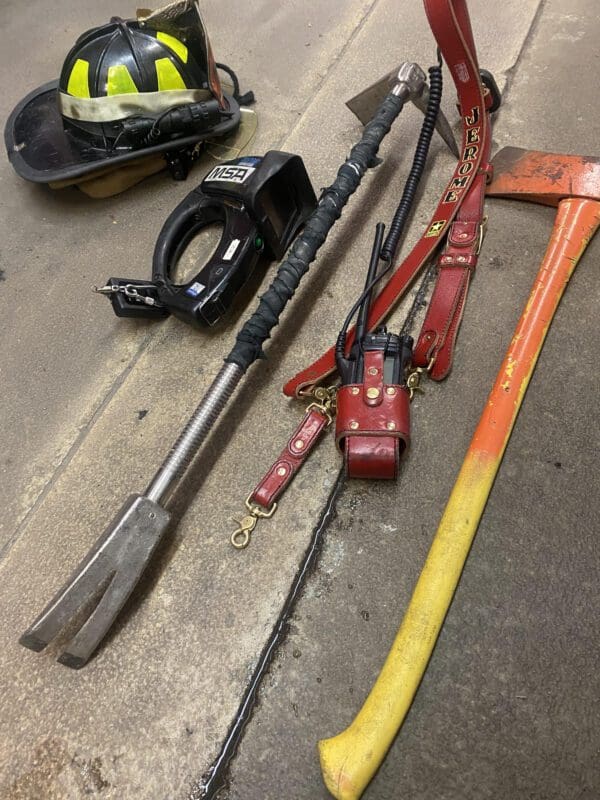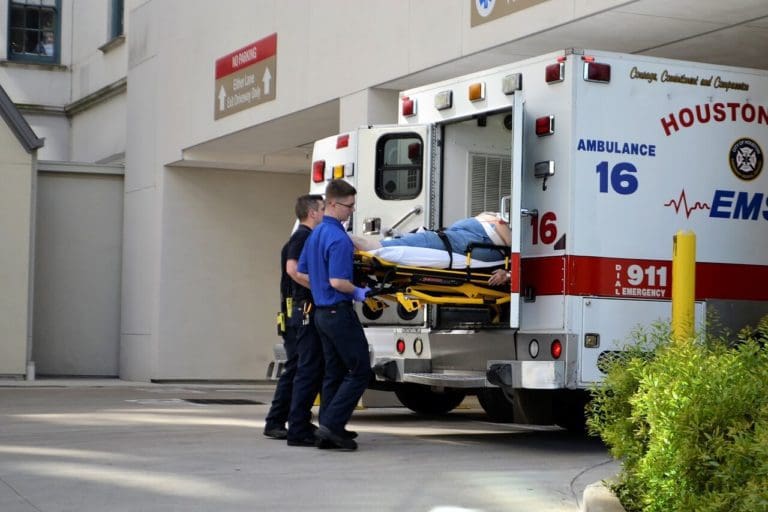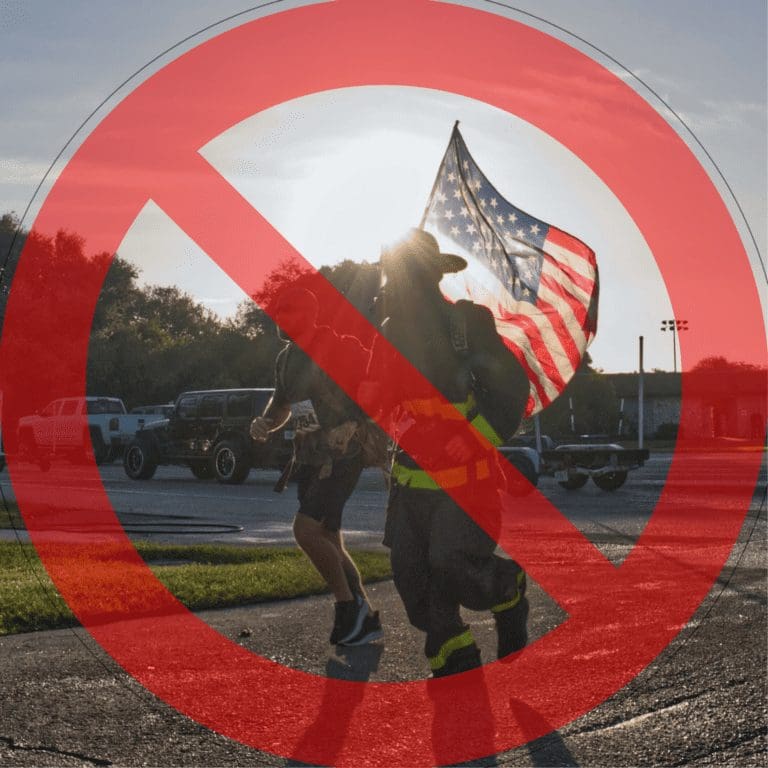What Knowledge Do Paramedics Need
Paramedics are one of the most knowledgeable pre-hospital professionals in the pre-hospital setting, what does that mean? In my opinion, it’s the closest thing to a medical doctor, outside of a hospital. I previously wrote another article about what EMTs need to know.
Although EMTs and Paramedics are used interchangeably by the general public, there are distinct differences in the things they can and cannot do, and that dictates the knowledge they have on certain subjects as well.
A paramedic should know at a high level the following:
- Anatomy & Physiology
- Basic Life Support
- Medications
- Cardiology
- Advanced Cardiac Life Support (ACLS)
- Pediatric Advanced Life Support (PALS)
Levels Of EMS Providers
So in EMS, there are 4 official levels of prehospital care according to nremt.org. You will generally find :
- Emergency Medical Responders (EMRs)
- Emergency Medical Technicians (EMTs)
- Advanced Emergency Medical Technicians (AEMTs)
- Paramedics (EMT-Ps)
When the general public sees an ambulance, most of the time they will assume they are either all paramedics or EMTs, and use both levels interchangeably. However, they are different in the things that they are able to do.
All levels learn how to identify and address immediate life threats such as problems with breathing, traumatic injuries, and bleeding. Now more advanced treatments such as giving medications and performing things like intubations or starting IVs. And the highest level that you typically find are paramedics who are able to give the most amount of drugs and techniques.
Nowadays you are likely to also run into RNs on ambulance rigs too! Most of the time, you will find RNs on critical care trucks or helicopters, and not necessarily on just an Advanced Life Support truck.
Anatomy & Physiology
One of the most important things any paramedic should be a master of is Anatomy and physiology. Knowing the body in its entirety and how it works is critical in order to properly manage a medical emergency. The knowledge down to the chemical and atomic level makes a big difference in how you will have to treat a patient.
For example, Someone who is low on Iron (Fe) will often have a low hemoglobin count. This causes a less-than-stellar ability for oxygen molecules to bind to the hemoglobin and therefore adequately provide oxygen to the body’s cells.
Knowing A&P will give you the knowledge about proper function of the body and its systems.
I made a review about an online A&P course that certainly helped me better understand human anatomy, and I’m sure it will do the same for you. My human anatomy & physiology course review
Pathophysiology
Tying into the last point of knowing the importance of anatomy and physiology, knowing the possible pathophysiologies of each body system is the next thing that every emergency medical provider should at least have an idea of.
By definition, pathophysiology is the study of the dysfunction of body systems. For example, knowing the anatomy and physiology of heart blood flow will tell you that once blood returns from the body, it will go through the right atrium, into the right ventricle, and into the pulmonary artery to get fresh oxygen. From there it will enter the left atrium, then into the left ventricle, and get pumped back throughout the body with blood containing fresh oxygen for the body’s cells to use.
The pathophysiology of Congestive Heart Failure (CHF) is when the heart is not strong enough to pump the blood to where it needs to go. If the right atrium cannot pump blood into the pulmonary artery, the blood will back up back down where it came from and cause edema (fluid-like swelling) around the body. If the left ventricle fails to adequately pump the fresh oxygenated blood back into the body coming from the pulmonary vein, it will back up into the patient’s lungs. That is how some CHF patients will cough up bloody or pinkish sputum (spit, loogies, etc).
Even if you don’t know all pathophysiologies of a body system, knowing how it should be properly working, will make it easy for you to know when something is not right, and the body system is not working how it should, indicating disease, trauma or something abnormal that needs attention.
Basic Life Support (BLS)
Basic Life Support is honestly the most important thing any paramedic and EMT should know. Basic life support will include your Primary Assessment, secondary assessment, transport priority, and pretty much everything you need to keep that patient stable until the patient arrives at the hospital.
As horrible as it may sound that our goal is to keep them alive and stabilized until we get to the hospital, our reasoning is simple. In the prehospital setting (pretty much anywhere outside of a hospital) we do not have the life-saving equipment a hospital would to preserve life long-term. We can do most things for a short period of time, but that’s about it.
Obtaining an accurate patient history, investigating what the patient may or may not have ingested or what had occurred in order to make a decision on patient care and what medications are needed for the emergency you are dealing with.
Medications
Medications are I believe, the difference makers in any patient’s outcome. Having Epinephrine in the ambulance can save a patient who is experiencing a severe allergic reaction. Now the types of medications that can be given by an EMT, AEMT & Paramedic all vary based on your jurisdiction.
In general, EMTs can give things like Albuterol with Atrovent, Epinephrine via IM or IN (Intramuscular, intranasal), and Narcan.
AEMTs can start IVs and give a few more medications, and Paramedics they can give many different medications in many different ways.
Advanced Cardiac Life Support (ACLS)
Something else that paramedics do very well and is not necessarily taught to other EMS levels is advanced cardiac life support. Paramedics are taught how to set up a 12-lead EKG (10 probes on your chest) and read the electrical activity going on. They can interpret things like types of heart attack, if the heart is beating too fast, too slow, if it’s vibrating and not actually pumping, and so much more.
Something that many people tend to miss who cannot read 12 leads, is that many people do not present similar signs of heart attack. Many times geriatric populations may not experience chest pain when they are having a heart attack, most commonly being a STEMI (ST elevated Myocardial Infarction). Some women will feel like they are experiencing indigestion or heartburn, but actually be experiencing a heart attack.
Knowing this, paramedics may give medications like Cardizem to control heart rate in cases of specific heart attacks like refractory atrial fibrillation or even things like Adenosine to literally restart the heart. I’ve personally not given it to a patient, but I have observed my paramedic partner give it to a patient.
That was the longest 5 seconds ever because the patient flatlined but was still talking as the medic and I looked at each other in shock and awe.
Pediatric Advanced Life Support (PALS)
The next thing medics need to know and are typically good at is pediatric advanced life support commonly referred to as PALS. EMTs are taught small amounts of pediatric life support, but there is some more advanced knowledge that you are taught. One of the biggest unexpected reasons that causes cardiac arrest in children & infants is breathing problems.
Conclusion
Paramedics have a deep understanding of A & P as well as pathophysiology. As mentioned before, medics are the closest thing to a doctor in the prehospital setting. In my opinion, it is easier to perform out in the field as a paramedic than simply just an EMT, and that’s because of the over a 1000 hour requirement of training that paramedics are required to go through. That gives a paramedic student a lot of time to break down and digest concepts in a way that will stick.
I hope you found this post helpful, and If you would like to stay up to date with more posts about being a paramedic and paramedic school, make sure to check out our section called EMS Knowledge. Make sure to subscribe to our newsletter and stay informed when we post new content.







